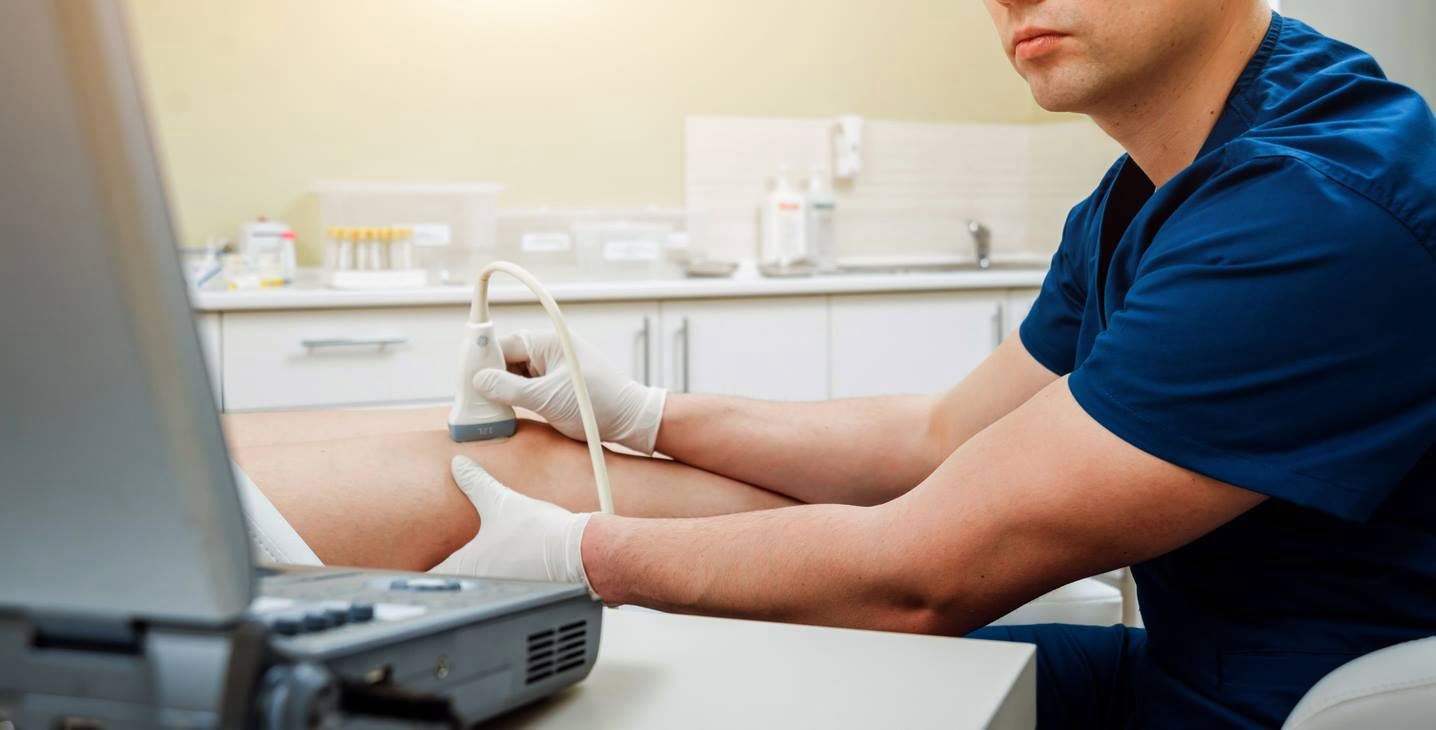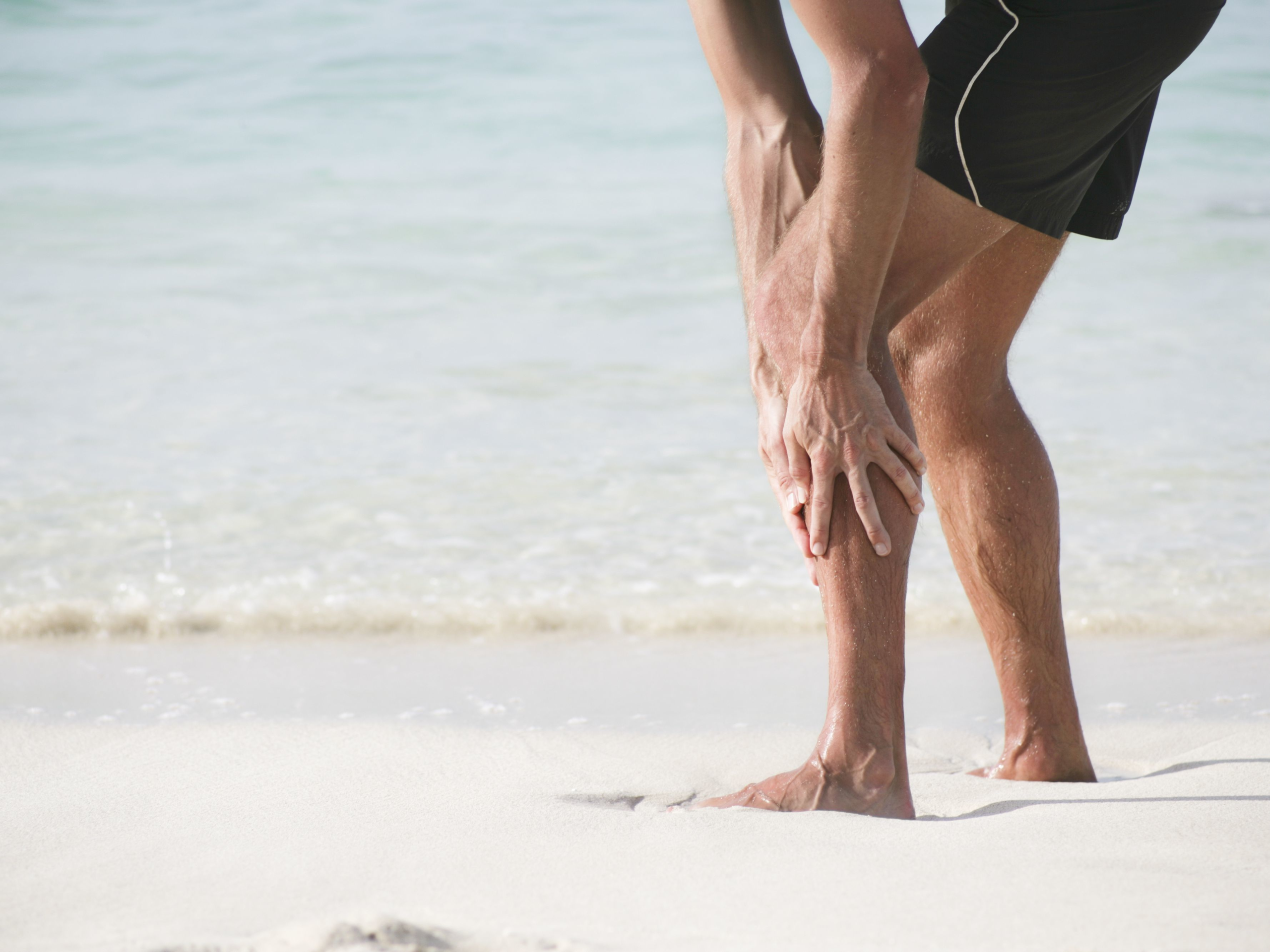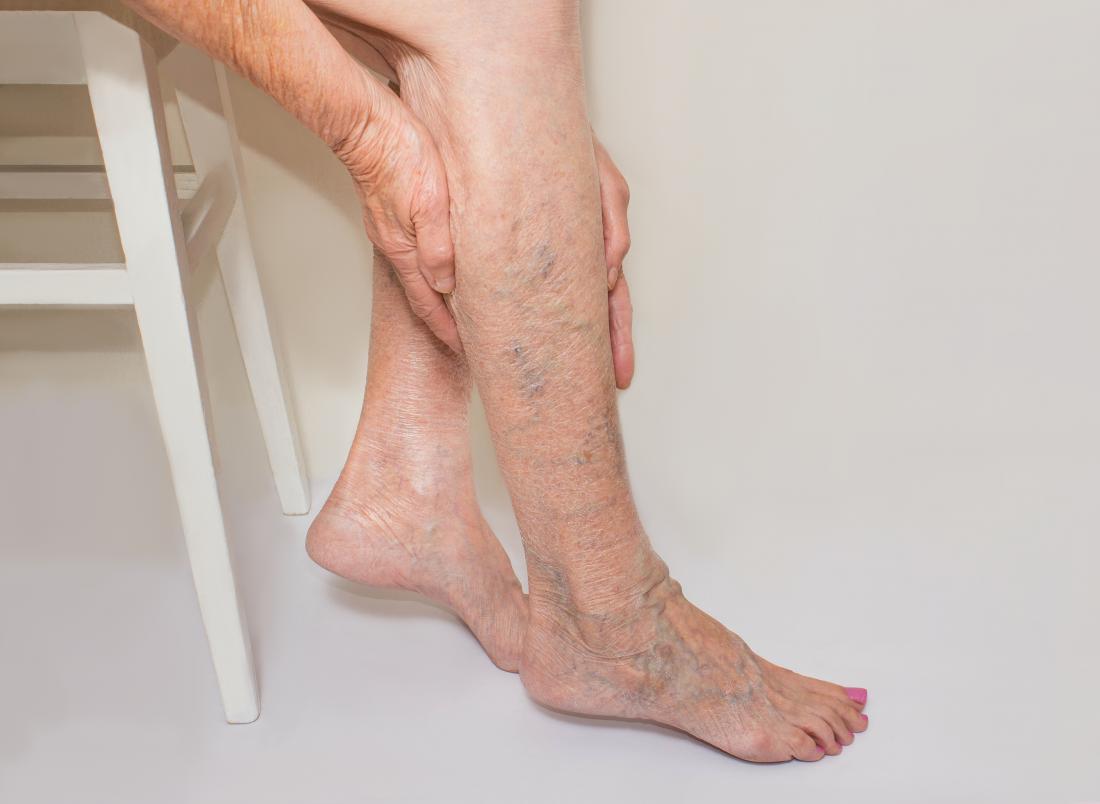
What Should I Expect from a Vascular Ultrasound?
At Zenith Vascular & Fibroid Center in Memphis, TN, we believe strongly that each of our clients deserves to live a happy, healthy life. That is why we are proud to offer the safest, most effective diagnostic methods to identify illnesses and help you treat them. Today, we answer some of our most commonly asked questions about a vascular ultrasound.
What Can I Expect From a Vascular Ultrasound?
Before your vascular ultrasound, we will ask you to change into a gown and lie down on the examination table. Your specially trained ultrasound tech will ensure your comfort and then conduct your examination. To ensure the ultrasound equipment maintains good contact with your skin, a gel is applied. Then the transducer, which is a small handheld device, is applied to the area.
High-frequency sound waves transmit through your body during a vascular ultrasound. The transducer aggregates data from the sound waves that bounce back. The ultrasound device translates this data into images that appear on a screen in the room. Once your ultrasound technician has collected all the images she needs, she will send them to a radiologist to interpret them and create a full report.
How Long Will the Exam Take?
Because there is no need for anesthesia, you will not have to spend too long in our office. Depending on what we are looking for and where we are looking, your exam will only take between 30 and 45 minutes. Once we have all the images we need, we will remove the ultrasound gel and you are free to get dressed and enjoy the rest of your day.
What Can I Expect From the Results?
There are many reasons why this examination may be performed. For instance, it may be used to detect aneurysms, blockages or blood clots in deep veins. It may be performed to assess how successful a prior procedure was or whether a particular blood vessel is a good candidate for grafting.
If you have heart disease, your physician may request this examination to see the extent of plaque buildup. This imaging test also allows radiologists to monitor blood flow to internal tissues and organs. Finally, it may be used to determine the location and extent of varicose veins and identify candidacy for angioplasty.
What Side Effects Can I Expect?
Ultrasounds have been used safely and effectively for 64 years. In all this time, there have been no reports of harmful side effects from the examination. More importantly, because it is non-invasive, there is no self-care afterward. You may take all your regular medications and drink and eat as normal.
What Preparation Requirements Can I Expect?
During your initial consultation, we will provide you with a comprehensive list of everything you need to do in preparation for your vascular imaging test. The preparation required depends on the area of your body being tested and the goal of the examination.
For aortic, renal artery stenosis or iliac vena cava vascular imaging test, you should not eat or drink for six hours beforehand. You may take a sip of water with medication if absolutely necessary.
Abdominal Vascular Imaging Preparation
Preparation vascular imaging tests are used to test the kidneys, pancreas, liver, spleen, gallbladder, abdominal aorta or biliary system. This exam takes only half an hour, but the preparation requirements are a little more rigid. Adults should not eat or drink for eight hours prior to the exam.
Children should skip a meal or avoid eating and drinking during the four hours leading up to the examination. Diabetics should take insulin as normal. However, any other medication should only be taken with a sip of water if absolutely necessary.
Should I Consider a Vascular Imaging Test?
During your initial consultation, we will help you determine if this imaging test will be beneficial for you. Because it can be used to capture images virtually anywhere, there is an excellent chance this imaging test can help you. Here are some cases when we recommend this type of test:
You May Have Deep Vein Thrombosis
If you have been diagnosed with deep vein thrombosis (DVT) or you think you may suffer from deep vein thrombosis, you can benefit from a vascular imaging test. This will tell us exactly where the blood clot is, how large it is and how severely it is narrowing your veins.
You Have Varicose Veins
If you suffer from varicose veins or spider veins, you can also benefit from this diagnostic imaging test. Primarily, it tells us exactly where the affected veins are, the extent of their effect, how many veins are affected and if there are any blood clots attached to the affected veins.
Moreover, ultrasound technology can be used to help us treat varicose veins. We proudly offer ultrasound-guided foam sclerotherapy to provide the safest, most comfortable, most effective varicose vein treatments. Among other things, this tells us if there are venous or arterial vascular problems.
You Have Spider Veins
Vascular imaging can also benefit you if you suffer from spider veins. But it doesn’t just help us identify and assess the affected veins. It also helps us inject treatment exactly where it will be the most effective.
You Have Kidney Problems
The problem with most imaging tests is they require special dyes that are damaging to the kidneys. If one of your kidneys is already damaged, you are not a good candidate for that type of imaging test. This is not the case with vascular imaging. Moreover, this type of imaging test can create accurate pictures of the kidneys to identify problems quickly.
You Suffer From Peripheral Arterial Disease
Particularly if you will receive an endovascular procedure to treat peripheral arterial disease, you should strongly consider diagnostic vascular imaging. Peripheral arterial disease is a medical condition that leads the arteries in your lower extremities to become so clogged or narrowed that circulation is impeded. Eventually, your leg muscles can’t receive enough oxygen to function.
Angioplasty and stenting are the most common endovascular procedure recommended to treat peripheral arterial disease. This procedure is also used to treat angina caused by blocked arteries to the heart. In the case of peripheral arterial disease affecting your legs, bypass may be recommended to prevent you from losing a foot or leg due to extreme arterial narrowing.
You Have Emboli
You may know that thrombi are clots of blood that are commonly associated with varicose veins. But did you know that emboli are just as dangerous as thrombi? These are clots that form inside blood vessels. They are most commonly comprised of clusters of bacteria, fat globules or air.
However, they may also be made up of foreign matter, such as shrapnel. Vascular imaging allows us to remove whatever type of clot you have safely and effectively. Removal of thrombi is particularly important because thrombi can break off, travel through your circulatory system, lodge into your lungs and prove fatal.
You Have Venous Inflammation
Ultrasound can also be used to treat internal venous inflammation. Venous inflammation may occur due to trauma, infection or an autoimmune disorder. Examples of trauma include chemical trauma, like from the injection of an irritant, or physical trauma, like from a fall. Autoimmune disorder examples include aortic arch syndrome, Raynaud’s disease and polyarteritis.
Is a Vascular Ultrasound the Same Thing As a Doppler Ultrasound?
A Doppler ultrasound is often performed concurrently with a vascular ultrasound memphis. They are not the same thing. A Doppler ultrasound is used to measure blood flow and create color images to indicate the speed and direction of blood flow through the vascular system. This examination is usually conducted on the veins and arteries of the neck, legs, arms and abdomen.
What Can I Expect Before a Doppler Ultrasound?
During your initial consultation, we will provide you with a comprehensive list of instructions so you can prepare for your Doppler ultrasound. Neither sedation nor fasting will be required. However, you should avoid smoking and drinking caffeine for two hours before the exam.
What Can I Expect During a Doppler Exam?
At the start of your exam, you must remove any jewelry or accessories that may interfere with the exam. However, you are free to wear dentures, spectacles or hearing aids. If your exam requires you to remove clothing, you will put on a gown. Then, you will lie down on the exam bed. Your ultrasound tech will apply the gel to the area she wants to hear a pulse from.
Your ultrasound tech will apply a blood pressure cuff in three different locations in the area. For instance, in the case of the legs, cuffs will be placed around the thigh, calf and ankle. The cuff on the thigh will be inflated first. The Doppler transducer placed just below the cuff will determine the blood pressure. Next, the calf cuff will be inflated. Blood pressure is measured. Last, the ankle cuff is inflated and blood pressure measured.
What Can I Expect After a Doppler Exam?
After a Doppler exam, you are free to go about your day. There is no special after-care or restrictions. Once the radiologist analyzes the images and makes a diagnosis, you will schedule a follow-up appointment. During this appointment, we will create a customized treatment plan to address whatever medical concerns you have.
How Can I Keep My Veins Healthy?
While vascular imaging can be used to help treat your veins, it is important to keep your veins healthy once they are healed. Here are some actionable steps you can take to protect your venous health:
Eat Right
The health of your vein walls depends largely on a healthy diet. Consume your recommended daily allowance (RDA) of nutrients by trying to eat fruits and vegetables with every meal. Consuming no more than three grams of sodium daily will also protect venous health by not impeding circulation.
Use Compression
If you have suffered from venous insufficiency in the past, you are at risk of developing it again in the future. An excellent preventative measure you can take is wearing a prescription compression garment. These help your body move blood from the extremities back to your heart.
Seek Treatment
Venous insufficiency rarely gets better on its own. The best thing you can do to keep your veins healthy is to seek treatment if you start to notice signs of a vein condition. The sooner you are diagnosed with vascular imaging and treated, the better off you will be.
Schedule Your Initial Consultation Today
For the best organ care you can receive in Memphis, we strongly urge you to call us today at Zenith Vascular & Fibroid Center in Memphis, TN to schedule your initial consultation. With the help of vascular ultrasound equipment, we can quickly and accurately diagnose what ails you so we can get you on the best possible treatment plan for your needs.



